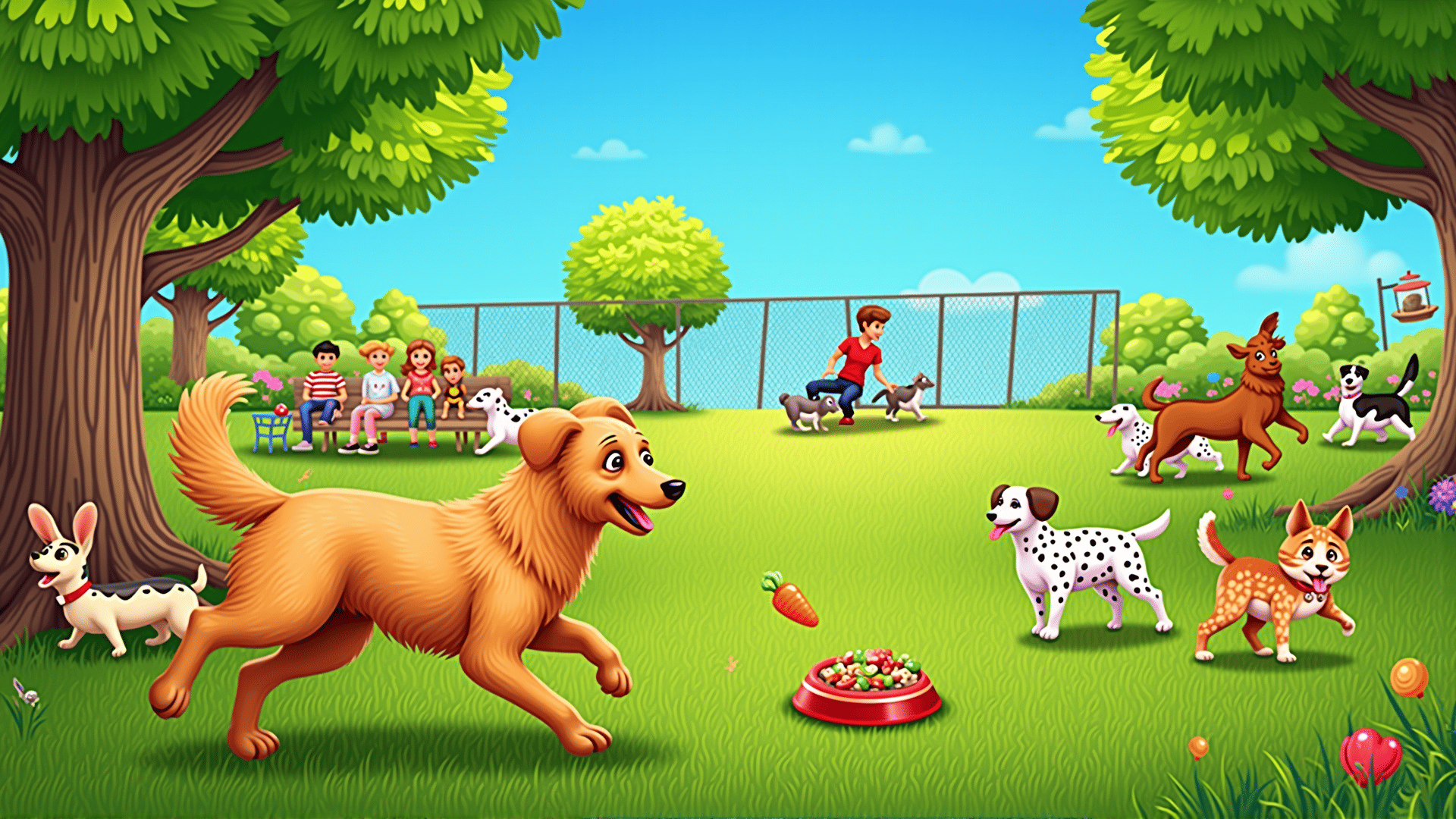Ensuring your pet leads a long, healthy, and happy life is a top priority for any pet owner. Two critical components for achieving this are proper nutrition and regular exercise. These elements not only help maintain a pet’s physical health but also contribute significantly to their mental well-being.
Nutritional Guidelines for Pets
Providing a balanced diet is essential for your pet's growth, energy, and overall health. Here are some guidelines to consider:
-
Understanding Nutrient Needs Animals, much like humans, require a well-rounded diet rich in proteins, carbohydrates, fats, vitamins, and minerals. While dogs are omnivores and can consume both meat and plant-based foods, cats are obligate carnivores and require a diet rich in animal proteins. Understanding your pet's specific dietary needs is crucial for their development.
-
Age-appropriate Diet The nutritional needs of pets change as they grow. Puppies and kittens require more protein and calories to support their rapid growth, while older pets may need fewer calories to prevent obesity, alongside joint-supporting nutrients.
-
Quality Ingredients Opt for food options that feature high-quality ingredients. A good way to assess this is by checking the first few ingredients on the packaging, ensuring they are proteins rather than fillers. This not only provides essential nutrition but also helps in maintaining their coat, teeth, and overall health.
-
Avoid Overfeeding It's easy to overfeed pets, which can lead to obesity and other health issues. Measure food portions according to the guidelines provided based on your pet’s weight and size. For treats, moderation is key to keeping their calorie intake in check.
Exercise Routines for Pets
Just like diet, exercise is vital for keeping your pet healthy and stimulated both physically and mentally.
-
Daily Walks and Playtime For dogs, regular walks are necessary to burn energy, maintain a healthy weight, and promote cardiovascular health. For cats, playtime with toys that mimic prey can stimulate natural hunting instincts and provide physical exercise.
-
Interactive Toys and Games Puzzle feeders, balls, and other interactive toys can engage your pet’s mind and satisfy their curiosity. These toys are especially beneficial for pets that spend a lot of time indoors, providing both mental and physical stimulation.
-
Training and Socialization Teaching your pet new tricks or commands is a great way to exercise their body and mind. Additionally, socialization with other animals and people can provide exposure to new environments, reducing anxiety and promoting better behavior.
-
Tailored Exercise Plans While younger pets may thrive with more vigorous exercise, older pets or breeds prone to certain health conditions may require gentler routines. Consult with your veterinarian to design an exercise plan that meets your pet's needs and limitations.
Maintaining the right balance of nutrition and exercise for your pet requires attention, consistency, and sometimes adjustments as they age or their needs change. By prioritizing these aspects, you can significantly enhance their quality of life, fostering a happy and healthy companion by your side.
